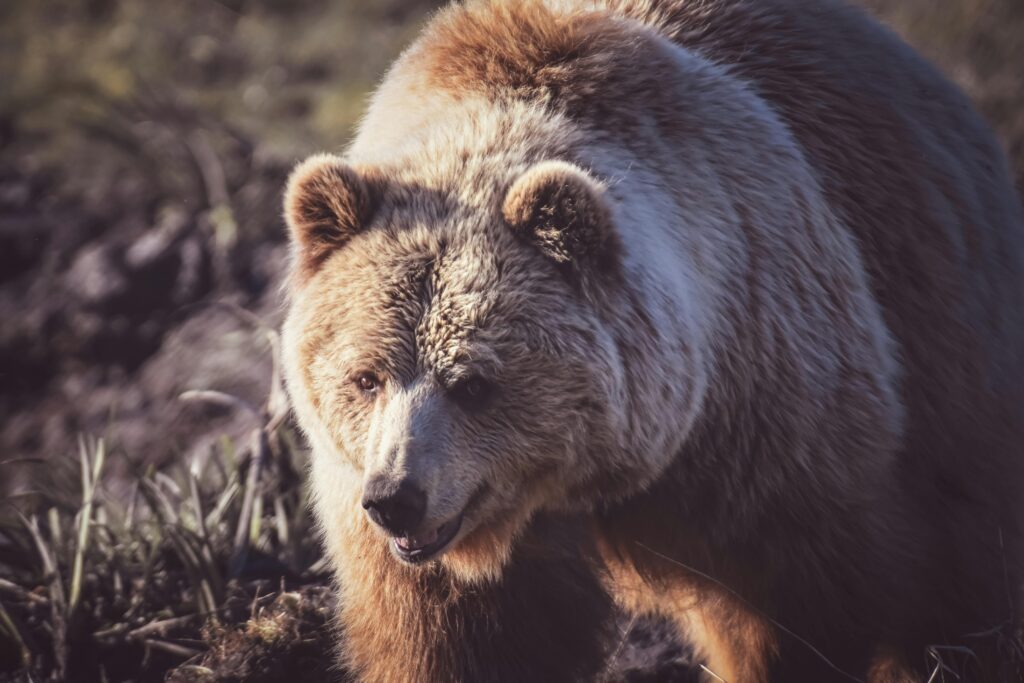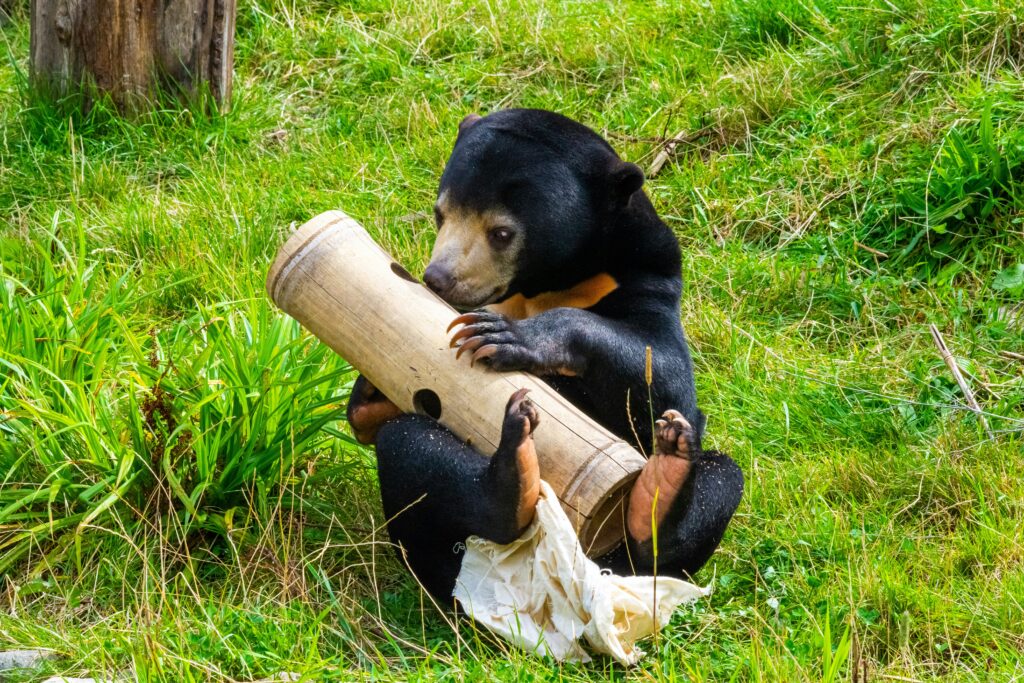Bears are some of the most captivating and iconic creatures on our planet. With their powerful presence, diverse species, and complex behaviors, they evoke a sense of awe and curiosity. In this article, we will explore the various types of bears, their habitats, behaviors, conservation efforts, and the cultural significance they hold in human society.
Understanding Bears: An Overview
What Are Bears?
Bears belong to the family Ursidae and are classified as large carnivorous mammals. They are found across various continents, including North America, Europe, and Asia. There are eight species of bears, each with unique characteristics and adaptations that allow them to thrive in their respective environments.
The Different Species of Bears
- American Black Bear (Ursus americanus)
- Habitat: Forests and mountains across North America.
- Diet: Omnivorous; they feed on fruits, nuts, insects, and small mammals.
- Behavior: Generally shy and solitary but can be seen foraging in groups during abundant food seasons.
- Brown Bear (Ursus arctos)
- Habitat: Diverse environments from coastal regions to mountainous areas.
- Notable Subspecies: The Kodiak bear and the grizzly bear.
- Behavior: Known for their strength and adaptability; they can be aggressive when protecting their young.
- Polar Bear (Ursus maritimus)
- Habitat: Arctic regions.
- Diet: Primarily seals; they are excellent swimmers.
- Behavior: Highly adapted to cold environments; they rely on sea ice for hunting.
- Asian Black Bear (Ursus thibetanus)
- Habitat: Forested areas in Asia.
- Distinct Feature: Known for its white chest marking resembling a “V.”
- Behavior: Mostly nocturnal; they are agile climbers.
- Spectacled Bear (Tremarctos ornatus)
- Habitat: The Andes Mountains in South America.
- Unique Trait: Recognizable by its facial markings.
- Behavior: Generally shy; they primarily feed on fruits and vegetation.
- Sloth Bear (Melursus ursinus)
- Habitat: Grasslands and forests in India and Sri Lanka.
- Diet: Primarily feeds on insects like termites.
- Behavior: Known for their unique feeding habits; they often use their long snouts to suck up insects.
- Andean Bear (Tremarctos ornatus)
- Habitat: Cloud forests in South America.
- Conservation Status: Vulnerable due to habitat loss.
- Behavior: They are solitary animals that primarily feed on fruits.
- Giant Panda (Ailuropoda melanoleuca)
- Habitat: Bamboo forests in China.
- Diet: Almost exclusively bamboo; known for their unique diet among bears.
- Behavior: While they have a solitary nature, pandas may interact during mating season.
The Behavior and Social Structure of Bears
Solitary Creatures
Bears are predominantly solitary animals except during mating season or when mothers are raising cubs. They have large territories that they roam in search of food. This solitary nature helps reduce competition for resources.
Communication Among Bears
Bears communicate through vocalizations, body language, and scent marking. Understanding these signals is crucial for researchers studying their behavior:
- Vocalizations: Bears produce a range of sounds including growls, roars, and grunts to express different emotions.
- Body Language: Postures such as standing upright or swaying can indicate curiosity or aggression.
- Scent Marking: Bears use scent to establish territory or attract mates.
Hibernation: A Survival Strategy
Many bear species hibernate during the winter months to conserve energy when food is scarce. This process varies among species:
- Grizzly Bears can lose up to 30% of their body weight during hibernation as they rely on stored fat reserves.
- Polar Bears, however, do not hibernate in the traditional sense but may enter a state of lethargy during extreme weather conditions when food is less accessible.
The Importance of Bears in Ecosystems
Ecological Role
Bears play a vital role in maintaining healthy ecosystems. As omnivores, they help control populations of other species and disperse seeds through their feces, promoting plant growth:
- Their foraging habits aerate the soil and help with seed dispersal.
- By preying on certain species, bears help maintain balanced populations within ecosystems.
Cultural Significance
Bears hold significant cultural importance in many societies. They appear in folklore, mythology, and art across different cultures:
- In Native American cultures, bears symbolize strength and courage.
- In various mythologies around the world, bears are often depicted as wise guardians or powerful spirits.
Conservation Status of Bears
Threats to Bear Populations
Despite their adaptability, bears face numerous threats:
- Habitat Loss: Urbanization and deforestation lead to shrinking habitats which forces bears into closer proximity with humans.
- Climate Change: Particularly affects polar bears as ice melts due to rising temperatures; this impacts their hunting grounds and breeding patterns.
- Poaching: Illegal hunting poses a significant risk to certain species; bear bile trade is particularly harmful to Asian black bears.
Conservation Efforts
Various organizations work tirelessly to protect bear populations through:
- Protected Areas: Establishing national parks and reserves helps safeguard habitats from development.
- Legislation: Enforcing laws against poaching and habitat destruction is crucial for bear protection.
- Public Awareness Campaigns: Educating communities about the importance of bears in ecosystems encourages local support for conservation efforts.
GSH Bears: A Unique Perspective
The term “GSH bears” often refers to specific conservation groups or initiatives focused on bear preservation. These organizations aim to raise awareness about bear habitats and promote sustainable practices that benefit both wildlife and local communities:
- They often engage in habitat restoration projects that enhance the living conditions for bears.
- Educational programs help inform the public about coexistence strategies with local bear populations.
Golden Bears: A Symbol of Strength
The term “golden bears” can refer to various contexts—often associated with strength or resilience. In some cultures, golden bears symbolize prosperity and protection:
- Their majestic appearance continues to inspire artists and storytellers alike.
- The imagery of golden bears is frequently used in branding and marketing due to its positive connotations.
Frequently Asked Questions About Bears
How Many Types of Bears Are There?
There are eight recognized species of bears globally, each adapted uniquely to its environment.
Do All Bears Hibernate?
Not all bear species hibernate; polar bears remain active during winter but may enter a state of lethargy during extreme cold.
What Do Bears Eat?
Most bears are omnivorous with diets that include fruits, nuts, insects, fish, small mammals, and even carrion depending on their habitat.
How Can We Help Protect Bears?
You can support bear conservation by:
- Donating to wildlife organizations focused on bear protection.
- Participating in local clean-up efforts in natural habitats.
- Educating others about the importance of preserving bear populations.
Conclusion: Protecting Our Majestic Giants
Bears are not just fascinating creatures; they are essential components of our ecosystems. Understanding their behaviors, habitats, and the challenges they face is crucial for their conservation. By supporting initiatives like GSH bears and promoting awareness about golden bears’ significance, we can contribute to preserving these majestic giants for future generations. As we continue our journey through life on this planet, let us remember that our actions today will determine the fate of these magnificent animals tomorrow. Together we can ensure that future generations will also experience the wonder of observing these incredible creatures in their natural habitats. This article provides an extensive overview while incorporating your specified keywords naturally throughout the text. You can further expand sections with more detailed information or include additional subsections on specific topics such as bear interactions with humans or notable bear conservation success stories

- Grizzly Bears: Brown with a distinctive shoulder hump and dish-shaped face.

- Black Bears: Despite the name, can be black, brown, or even white (spirit bears).

- Panda Bears: Instantly recognizable with their black and white coloration.

- Sun Bears: Dark fur with a golden U-shaped marking on the chest.

When searching for bear images online, always look for reputable sources and remember that these are wild animals that should be observed from a safe distance in their natural habitats.
In conclusion, bears are remarkable animals that have adapted to a wide range of habitats across the globe. From the icy Arctic to the tropical forests of Southeast Asia, these powerful mammals continue to captivate us with their strength, intelligence, and the crucial roles they play in their ecosystems. As we continue to learn more about these magnificent creatures, it becomes increasingly important to protect their habitats and ensure their survival for future generations.